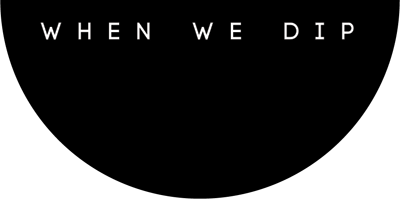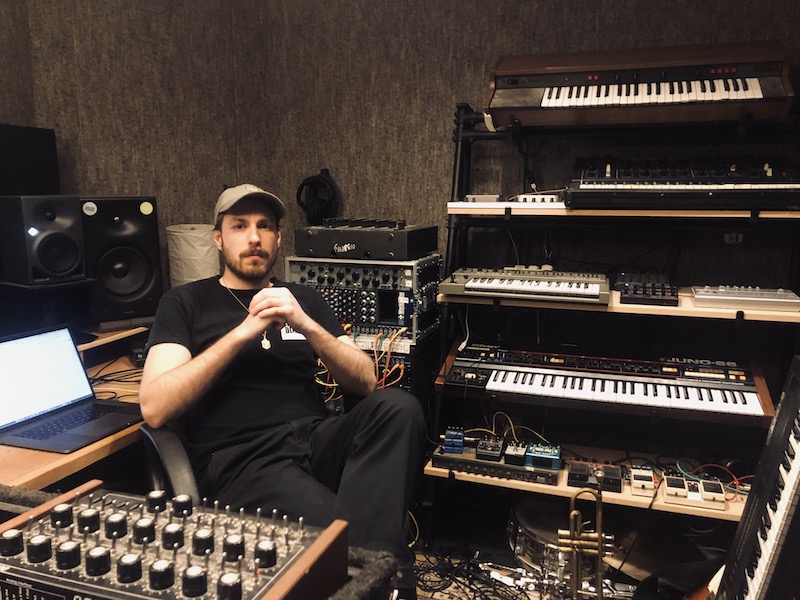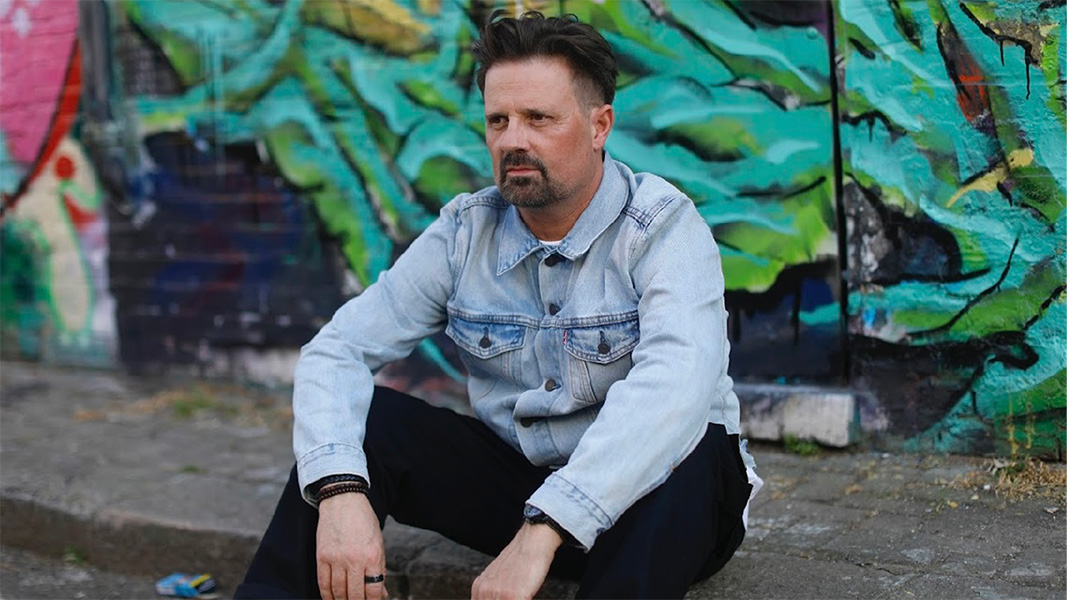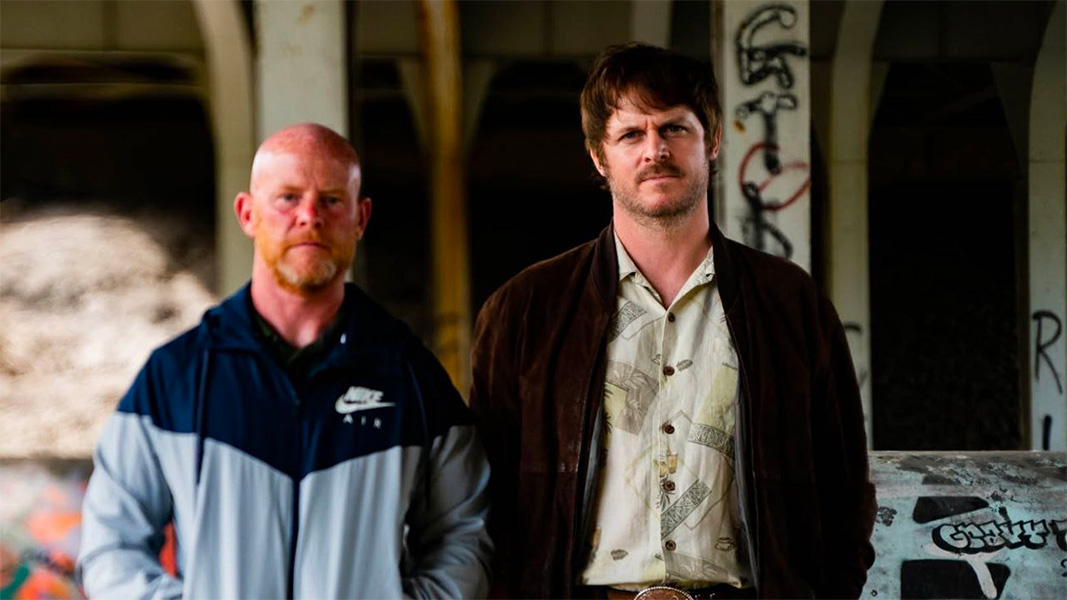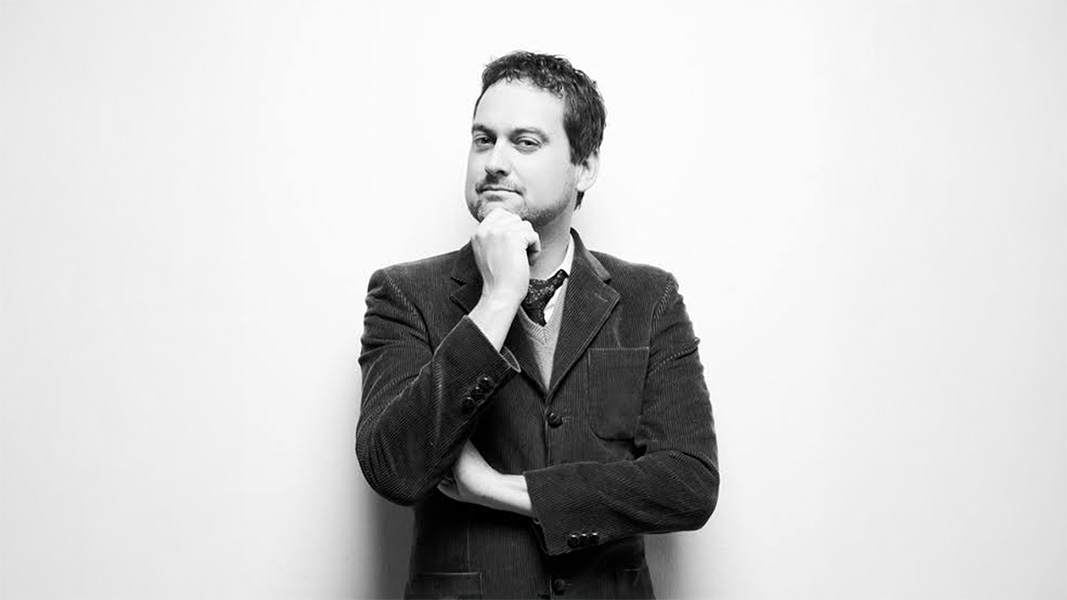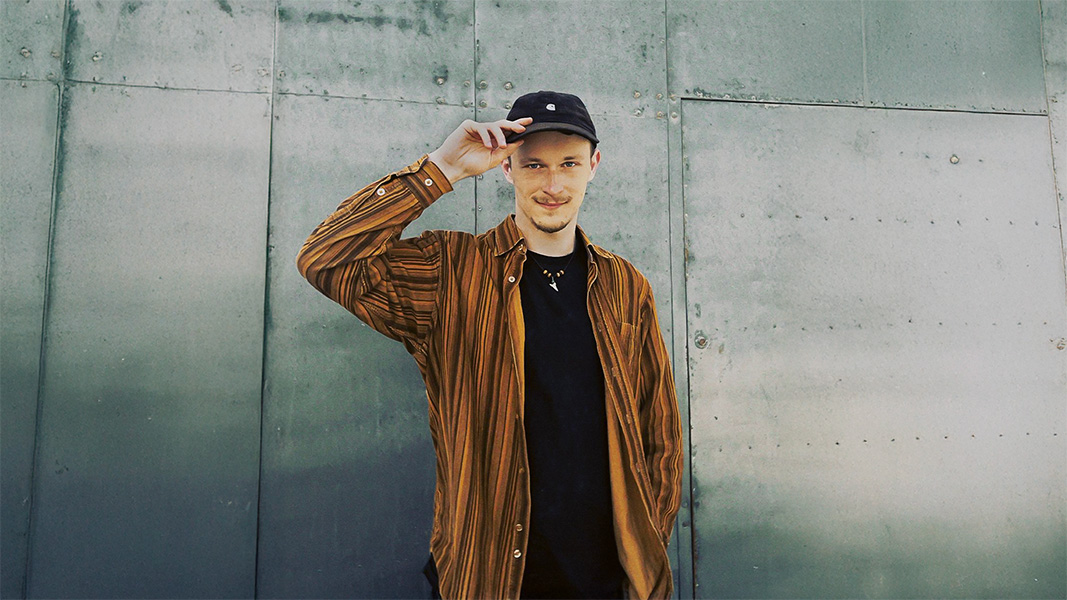It’s a pleasure for us to have Lawrence Hart for episode 235 of our Select Cuts series! The London-based artist had a very busy year in 2021, with its debut EP receiving of one dance music’s most famed stamp approval, Pete Tong’s ‘Essential New Tune’ as well as collaborating with seasoned veteran Alan Fitzpatrick. He now presents a brand new four-tracker, the ‘Small-Scale Experimental Machine’ EP, which also marks the first outing of his imprint of the same name. On top of this one-hour mix, he also kindly answered our questions regarding the release, the influences his Grandfather had on his music and much more. Enjoy!
WWD: Hi Lawrence! It’s a pleasure to have you with us, thank you for taking the time to answer our questions. What have you been up to lately?
I’ve been writing a lot, working on new material for myself and some collaborative efforts as well. I’m constantly trying to push my music into new territories and challenge myself. I’m just now starting to hit on a sound I’m really happy with, combining euphoric textures with harder edged sounds.
WWD: You’ve just put out your ‘Small-Scale Experimental Machine’ EP last Friday on your label of the same name (aka SSEM Records). What can you tell us about the release?
I made the EP to be a bit of an exploration of different sounds and styles. There’s tracks for headphones and tracks for the club. All the tracks are meant to evoke a feeling of euphoria and letting go. I hope that the listener can hear the vulnerability in the music whilst getting swept away with the grooves.
WWD: Doing some research for this interview, I stumbled upon the quite expansive collection of analog gear that inhabits your studio in Peckham, London. Were there any specific pieces of equipment particularly important to creating this four-tracker?
The Overstayer Modular Channel has been key. It’s an analog saturator, EQ, compressor and filter all in one. It gives everything an amazing crunch to it and really glues your mixes together. I feel like I’d be hard pushed to make a track without it now.
WWD: As mentioned, you’re also celebrating the birth of your label with this release. What can we expect from it moving forward? Do you wish to open it up to other artists? Keep it as a home base for your releases? What’s the plan?
I’m definitely going to open it up to other artists. I want use it as a tool push new sounds and help developing producers. Ideally I’d like to focus on putting out artists that need help getting tracks over the finishing line by lending a hand with the production and mixing.
WWD: Both the imprint and EP derive their name from the Small-Scale Experimental Machine, invented by your grandfather, Geoff Tootill. How would you explain the workings of the machine, the first ever stored-program computer, to someone who’s not familiar with it?
It was the birth of modern computing. Before the SSEM, computers weren’t much more than glorified calculators, but this machine was the first to use stored-programs, what we know as ‘software’.
WWD: And how has your grandfather’s legacy impacted your desire to explore electronic music? I heard he was the one who gave you your first instrument, what was it?
It was his trumpet that he had played in the war. He gave it to me when I was five years old and I became instantly obsessed. My interest in computers came shortly after. My dad became a computer programmer largely because of my Grandfather, so electronics were everywhere during my childhood. Talking to my Grandad about his time in Manchester working on the SSEM really inspired me to try and incorporate electronics in the way I make music.
WWD: Did he have the chance to listen to some of your earlier material before his passing? How do you think he’d react to the artistic direction you’ve followed?
He listened to my earlier bands but I was most happy that he got to come see my first studio before he passed. I remember pointing to a ring modulator and telling him it “modulated one sine wave with another”, only to have him politely correct me. I was really glad he was able to see that I was dealing with equipment with so many similarities to what he used in the late 40s/early 50s. He was a Jazz music fan, so I think he liked my music the most when I was playing Jazz, but he always loved the intellectual side of electronics in music.
WWD: Also really dug your remix of Foals’ ‘Wake Me Up’! For some reason the first bit of the track made me think of Laurent Garnier’s ‘The Man with The Red Face’, any inspiration on that front? Also how do you approach turning a more traditional record into a dancier cut?
I do love that Laurent Garnier track but the inspiration came more from 90s UK rave, especially Awesome 3’s ‘Don’t Go’. With this track I just stripped out anything that didn’t feel ravey, with a remix like this I want all the parts to float, I just instantly take out anything that feels like it’s keeping it on the ground.
WWD: Thank you for answering our questions Lawrence! What’s in the works for you in the coming weeks and months? Anything to announce?
I’m setting up a new studio in South London, so that’ll be my main focus for the next couple months. It’s a lot bigger than previous spaces and has natural light! So right now I’m just planning the new setup, trying to make it as creative and fun to be in as possible.
Tracklist:
Listen: Small-Scale Experimental Machine EP
Follow: Soundcloud // Instagram
